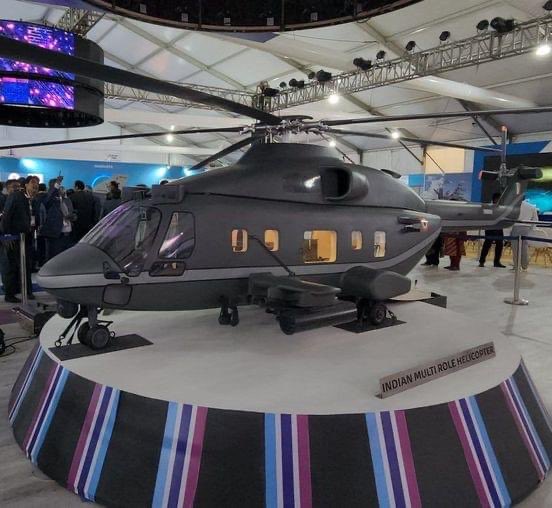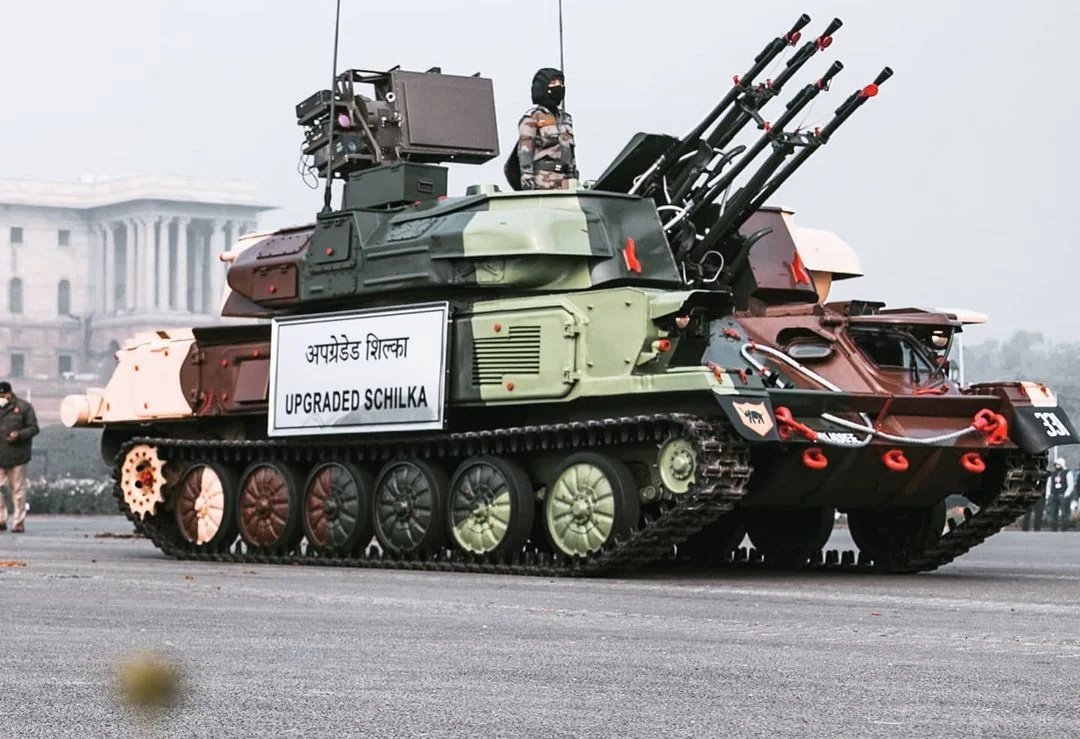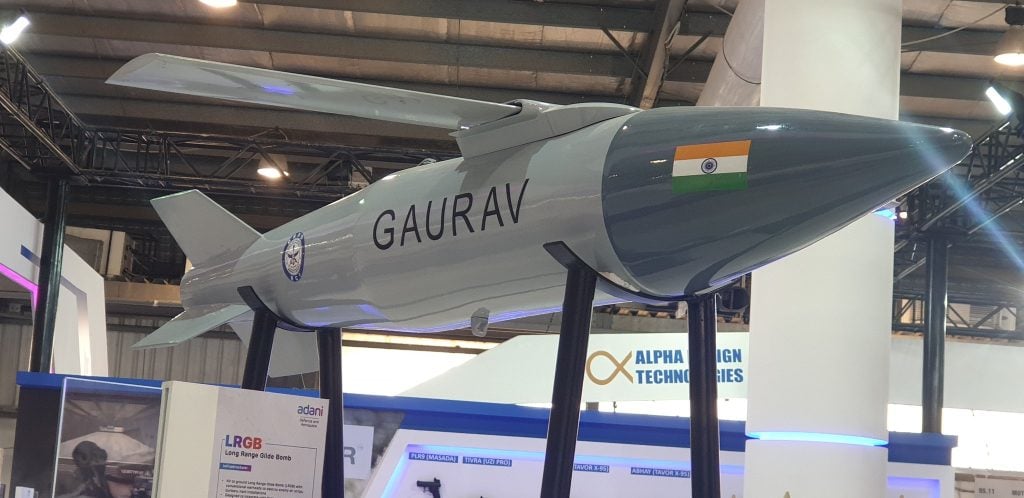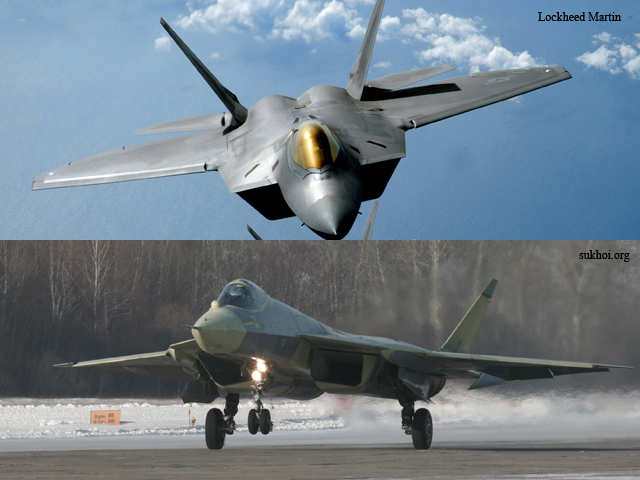Monthly Archives: January 2025
SOURCE: AFI


The Advanced Light Helicopter (ALH) Dhruv, developed by Hindustan Aeronautics Limited (HAL), has been at the forefront of India’s push for indigenous helicopter manufacturing. However, a series of operational challenges and accidents associated with the ALH-Dhruv cast a long shadow over HAL’s ambitions with the upcoming Indian Multi-Role Helicopter (IMRH) program.
The ALH-Dhruv, known for its versatility, has been in service with the Indian military since 2002, performing roles from troop transport to search and rescue operations. Despite its initial success, the helicopter has faced significant scrutiny due to multiple accidents, some of which were fatal. Investigations have pinpointed issues ranging from metallurgical flaws in critical components like control rods, to design and maintenance challenges. These problems have led to temporary groundings of the entire fleet at various points, prompting urgent safety reviews and modifications.
Continue readingSOURCE: AFI


In 1991, a significant diplomatic row erupted when General Dynamics, one of America’s leading defense contractors, simulated a military scenario where the U.S. would launch an attack on India using its new, long-range cruise missiles. This scenario was part of a broader strategy to demonstrate the capabilities of these missiles to the Pentagon, but it had unintended consequences, particularly on U.S.-India relations.
General Dynamics, a then Fortune 100 company known for its prowess in the defense industry, crafted five war scenarios to showcase the effectiveness of its latest technology. However, it was the scenario set in the year 2000, involving India and Pakistan on the brink of nuclear conflict, that sparked international controversy. In this narrative, the U.S. intervened to prevent a nuclear escalation by deploying aircraft carrier battle groups and nuclear attack submarines. When India declared a maritime exclusion zone, the U.S. responded with an overwhelming missile strike, neutralizing India’s military response capability.
Continue readingSOURCE: AFI


EndureAir Systems has recently introduced the Sabal 20, a drone that is rapidly setting new benchmarks in the realm of helicopter drone technology. With its unique design and advanced capabilities, the Sabal 20 is poised to revolutionize aerial logistics, surveillance, and support operations in challenging environments.
One of the standout features of the Sabal 20 is its exceptional stability, a result of its innovative tandem rotor configuration inspired by the iconic Chinook helicopter. This design not only enhances the drone’s stability but also significantly boosts its load-carrying capacity, allowing it to transport payloads up to 20 kilograms. This capability is particularly crucial for military and rescue operations where delivering heavy equipment or supplies to remote or hazardous locations can be life-saving.
Continue readingSOURCE: AFI


In a significant stride towards self-reliance in defence manufacturing, the Indian Ministry of Defence (MoD) has issued a Request for Information (RFI) for the production of 23mm Anti-Drone Ammunition under the Make in India initiative. This development underscores India’s commitment to enhancing its military capabilities while fostering indigenous defence manufacturing.
The move is aimed at addressing the growing threat posed by unmanned aerial vehicles (UAVs), which have become a critical concern globally due to their diverse roles in surveillance and offensive operations. For the Indian Army, enhancing its ability to counter drones is a strategic imperative, particularly in light of evolving security challenges along its borders and beyond.
Continue readingSOURCE: RAUNAK KUNDE / NEWS BEAT / IDRW.ORG


The Indian Air Force (IAF) is poised to significantly enhance its precision strike capabilities by planning to procure 300 units of the GAURAV Long Range Glide Bomb (LRGB). These munitions, designed for air-to-ground engagements, will equip the IAF to effectively neutralize critical enemy infrastructure like airfields, bunkers, and hard installations.
The GAURAV LRGB is engineered to carry conventional warheads, making it a formidable option for deep penetration strikes. Its design allows for integration with key fighter aircraft in the IAF’s inventory, including the Su-30MKI and Mirage-2000, thereby extending the operational range and precision of these aircraft in combat scenarios.
Continue readingSOURCE: RAUNAK KUNDE / NEWS BEAT / IDRW.ORG


In a move that could reshape the competition for India’s Multi-Role Fighter Aircraft (MRFA) tender aimed at procuring 110 fighter jets for the Indian Air Force, Russia is likely to pull its MiG-35 from the race. The decision comes as the MiG-35, despite its advanced features, faces challenges with limited production rates and a lack of robust orders from the Russian Air Force itself.
The MiG-35 was pitched with several impressive enhancements over its predecessors like Revised Tailfin and Airframe Geometry these modifications were meant to improve aerodynamics and manoeuvrability, crucial in modern aerial combat scenarios. The aircraft was equipped with Klimov RD-33MK engines, providing a thrust of nine tonnes at full afterburner, promising better performance at high speeds.
Continue readingSOURCE: RAUNAK KUNDE / NEWS BEAT / IDRW.ORG


India is on the cusp of a significant advancement in its ballistic missile defence (BMD) capabilities, thanks to ongoing negotiations with Russia for the transfer of technology (ToT) related to the Voronezh radar system. This deal, which aims to integrate Russian technology with indigenous Indian systems, is set to expand India’s early warning capabilities dramatically, as reported by industrial sources to idrw.org.
The Voronezh radar system is a state-of-the-art, over-the-horizon early warning radar that Russia has developed to detect ballistic missile launches from vast distances. Known for its capability to cover ranges from 6,000 to 8,000 kilometres, the Voronezh will serve as the backbone for India’s Very Long Range Radar program.
Continue readingSOURCE: AFI


The Indian government has greenlit a significant $9 billion deal involving Mazagon Dock Shipbuilders Limited (MDL) and Germany’s Thyssenkrupp Marine Systems (TKMS) for the design and construction of next-generation submarines under Project 76. The deal includes a comprehensive transfer of technology (ToT) that aims to enable India to eventually develop its own indigenous submarine designs.
This collaboration with TKMS marks India’s third major attempt at acquiring submarine technology over the past four decades. The journey began in 1981 when India procured four Type 209/1500 submarines from the German firm Howaldtswerke-Deutsche Werft (HDW), the predecessor of TKMS. Under that deal, two submarines were built in Germany, while two were constructed at MDL. The project was marred by a bribery scandal in 1987, which led to the blacklisting of HDW and stalled further cooperation.
Continue readingSOURCE: AFI


In a stride towards enhancing its aerial surveillance and reconnaissance capabilities, India has officially become an observer state in the Eurodrone programme, managed by the Organisation for Joint Armament Cooperation (OCCAR). This development marks a new chapter in India’s defense collaboration with Europe, particularly in the realm of unmanned aerial vehicle (UAV) technology.
The Aeronautical Development Establishment (ADE), a pivotal wing under the Defence Research and Development Organisation (DRDO), has been designated to represent India in this groundbreaking programme. This assignment underscores ADE’s critical role in the advancement of India’s UAV technology and its commitment to integrating global best practices with indigenous innovation.
Continue readingSOURCE: AFI


The Indian Space Research Organisation (ISRO) has recently unveiled updated specifications for its Next-Generation Launch Vehicle (NGLV), named Soorya. This ambitious project has now been designed to reach a towering height of 92 meters, significantly taller than the SpaceX Falcon Heavy, which stands at 70 meters. This comparison was highlighted in a recent graph that juxtaposed these two advanced launch systems.
In a significant boost to India’s space program, the Indian Cabinet last year greenlit the development of the NGLV with an approved budget of ?8,239 crore. The government’s endorsement comes with the promise that the NGLV will carry three times the payload capacity of the current Launch Vehicle Mark 3 (LVM3) at only 1.5 times the cost. This enhancement in payload capacity aims to support India’s burgeoning space exploration goals, including the establishment of a space station and manned lunar missions.
Continue readingSOURCE: AFI


In a testament to their unyielding commitment and technical expertise, the “Black Charger Eagles” of the South Western Command of the Indian Army undertook an extraordinary 24-hour continuous engine changing exercise. This challenging endeavor involved the replacement of engines in one T-90, one T-72 tank, and one BMP armored vehicle under adverse weather conditions.
The exercise, which spanned through the night, was executed in the face of cold temperatures, relentless rains, and poor visibility, conditions that would typically hamper such delicate operations. However, the “Black Charger Eagles” turned adversity into an opportunity, showcasing their operational resilience and technical mastery.
Continue readingSOURCE: IDRW.ORG


India is set to secure another major defense export deal, with Indonesia’s defense ministry expressing its intent to acquire the BrahMos supersonic cruise missile system. According to sources familiar with the matter, a letter has been sent by Indonesia’s defense ministry to the Indian embassy in Jakarta, outlining their interest in a deal worth approximately $450 million. This deal represents a significant milestone not only due to its scale but also because it includes a Transfer of Technology (ToT) provision, marking a first for the BrahMos missile system.
Indonesia’s commitment to purchasing the BrahMos missile system reinforces the growing demand for the world-renowned supersonic cruise missile. With a range of over 290 km, BrahMos is one of the fastest cruise missiles globally and has proven its capabilities in multiple defense systems, including surface-to-surface, air-to-surface, and even submarine-launched configurations.
Continue readingSOURCE: IDRW.ORG


The Advanced Light Helicopter (ALH) Dhruv MKIII, despite not making an appearance in the Republic Day Parade this year, is poised for a significant showcase at Aero India 2025. The helicopter, developed by Hindustan Aeronautics Limited (HAL), will feature both in flying displays and static exhibitions at the event scheduled for February 10-14 in Bengaluru.
The decision to exclude the ALH-Dhruv MKIII from the Republic Day parade stems from recent safety concerns following a series of accidents involving the helicopter. This has led to a cautious approach by the Indian military, ensuring that only thoroughly vetted platforms participate in high-profile public events.
Continue readingSOURCE: AFI


In a strategic move to bolster India’s defence capabilities, the Council of Scientific and Industrial Research – National Aerospace Laboratories (CSIR-NAL) has announced a collaboration with Astra Microwave Products Limited for the development of a Technology Demonstrator for Active Radar Cross Section (RCS) Reduction. This initiative focuses on creating advanced antenna arrays specifically designed for stealth platforms like the Advanced Medium Combat Aircraft (AMCA).
The project aims to develop an active RCS reduction system in phases, with the goal of significantly enhancing the stealth capabilities of future Indian combat aircraft. Here are the key points of this collaboration.
Continue readingSOURCE: AFI


The emergence of fifth-generation fighter programs like China’s J-35A and Turkey’s Kaan, both of which the Pakistan Air Force (PAF) is reportedly eyeing for future procurement, has drawn attention in the region. However, these platforms are years away from achieving operational readiness, allowing the Indian Air Force (IAF) to focus on its indigenous Advanced Medium Combat Aircraft (AMCA) program rather than pursuing foreign acquisitions like the F-35A or Su-57, which do not align with its unique operational requirements.
The J-35A, China’s naval fifth-generation stealth fighter developed for its carrier-based operations, is still in the advanced prototype phase. While it has showcased some progress, integrating it into a land-based role for the PAF would require significant modifications, including adjustments to its airframe and avionics. Even then, its long-term reliability and adaptability remain untested, raising concerns about its operational feasibility for Pakistan in the near term.
Continue reading